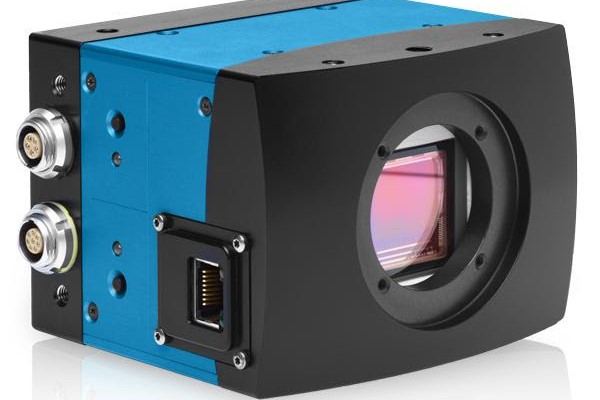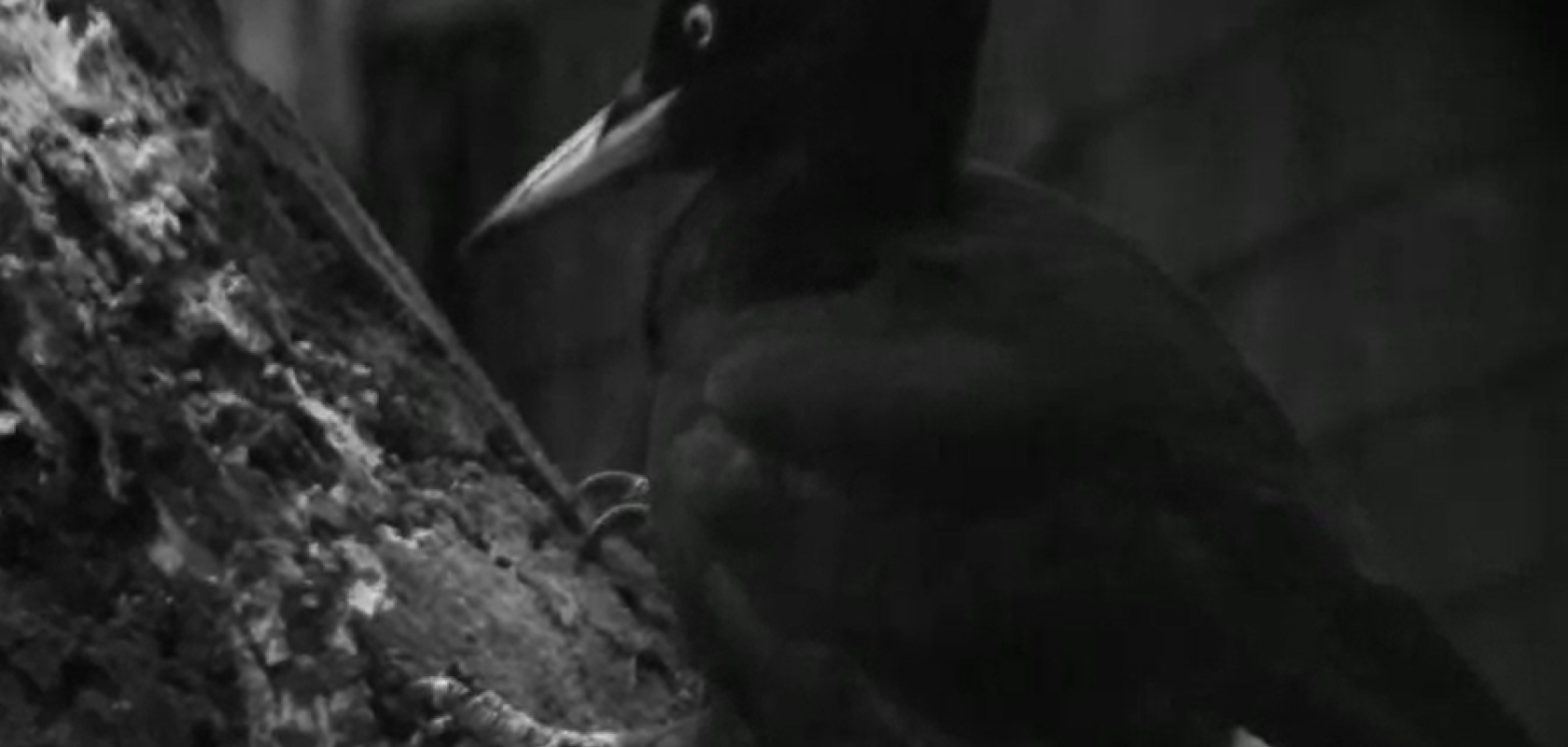The mystery of how woodpeckers avoid getting their beaks stuck in trees has been revealed, thanks to new camera footage.
Researchers from the University of Antwerp, Belgium, used Mikrotron 1.3 megapixel recording cameras to create slow-motion, high-resolution videos of black woodpeckers in action.
The team recorded high-speed videos of the birds in lateral view while they were pecking with the Mikrotron cameras set in an uncompressed 10-bit monochrome format. One woodpecker was filmed while pecking wood at a video frame rate of 500 frames per second and a resolution of 1280 x 1024 pixels, while another was filmed at 1533 frames per second and 704 x 564 pixels.
10 beak retraction events were analysed based on view perspective and image sharpness. Pixel coordinates of eight anatomical landmarks were tracked frame-by-frame with either XMAlab 1.5.5 or Progressive Tracker software.

The team used Mikrotron 1.3 megapixel recording cameras to create slow-motion, high-resolution videos of black woodpeckers in action. (Image: Mikrotron)
Woodpeckers rely on pecking into trees to create holes and remove bark while searching for food. However, sometimes their beaks get stuck when they peck into the wood, similar to how nails can become anchored when hammered into wood. This is because the wood can deform and clamp around the beak.
When the reserachers studied the woodpeckers in the videos, they found that the birds quickly pull back their beaks in two phases. Firstly, they move the tip of their upper beak downwards a bit while the rest of the beak is lifted up. Then the woodpecker lifts its head, causing the tip of the beak to move upwards while the lower part of the beak continues to retract until it's free. Thanks to the low friction between the surfaces of the upper and lower parts of their beaks, these actions allow the birds' beaks to slide past each other easily.
This ability is crucial for woodpeckers to maintain their rapid pecking rate of about 20 pecks per second, the team says, adding that it highlights the importance of the flexibility of woodpeckers’ skulls, which allows them to deliver forceful impacts without harming themselves.


